How do conflicts, oopsies, and the strategies we use to work through them help support a community over time?

“It is important to practice problem solving strategies so we can use them solving our problems. We get better and better the more we practice! We might not even have to think about it next time.” -Ben, age 6
I strongly believe that all children hope to bring the best person they can be to even the toughest situations. In daily life, sometimes things get in the way and strong emotions happen, giving us moments of struggle that feel hard for everyone involved. Within a day, in a community of 27 young children and teachers, emotions run the full spectrum. Relationships with one another ebb and flow, and at times unexpected situations surprise us and we can find ourselves feeling vulnerable, hurt, scared, or angry.
We might be confused understanding a friend’s intentions in play, or we might be struggling to stay flexible with our own ideas when we are in collaboration with a peer. We might have an impulse to damage the work of another, or to “try on” the exclusion of someone who has reached out to build a connection. Negotiating emotions when children play, learn, and collaborate together can be hard work.
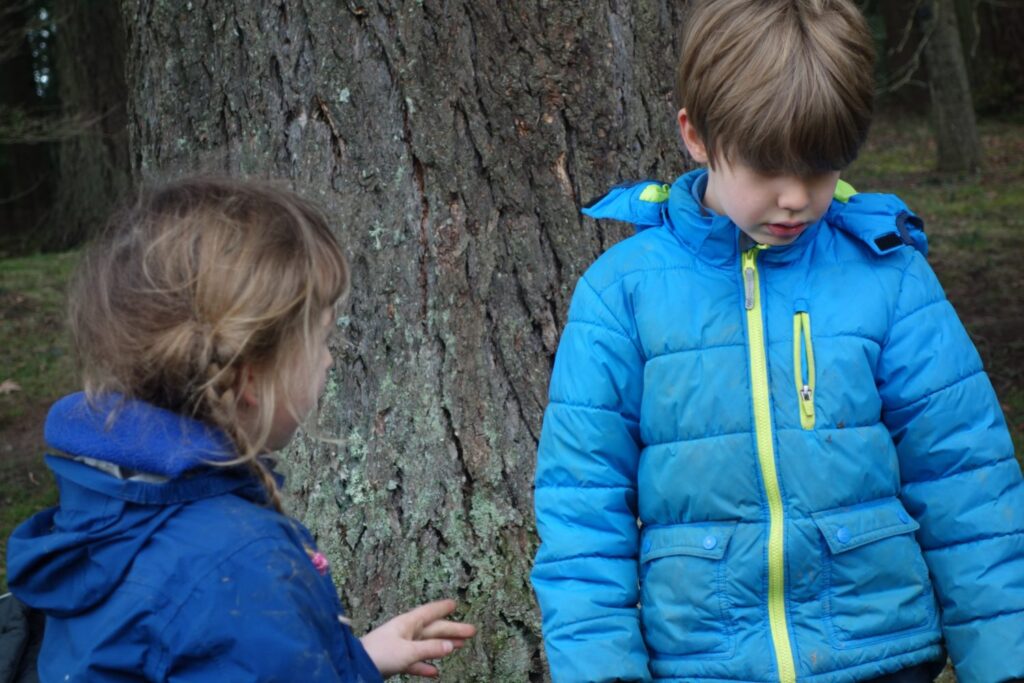 I see these day-to-day situations as critical opportunities for learning important social skills that children will use throughout their lives. Through working through a problem, figuring out how to solve it, or reflecting on how repair felt, children become more sensitive to the needs and feelings of others. While thinking creatively about how to evaluate solutions and construct new understanding, children build confidence in being a problem solver. I feel that it is good that these moments happen, because it is within them, and because of them, that we can meaningfully practice, learn and grow.
I see these day-to-day situations as critical opportunities for learning important social skills that children will use throughout their lives. Through working through a problem, figuring out how to solve it, or reflecting on how repair felt, children become more sensitive to the needs and feelings of others. While thinking creatively about how to evaluate solutions and construct new understanding, children build confidence in being a problem solver. I feel that it is good that these moments happen, because it is within them, and because of them, that we can meaningfully practice, learn and grow.
Throughout this year, Maple has composed a growing vocabulary of emotions as well as a growing “menu” of ideas for solving and repairing problems that arise within our classroom. The children in the Maple Room have really been chewing on what lives inside of problems. They have been sharing what problem solving strategies they already use and they are learn form each other in order to live and work with understanding, forgiveness, empathy and trust. They are learning about friendship and what that can look like as citizens within a participatory community.
Some examples of the problem-solving strategies that we have been developing and practicing together are:

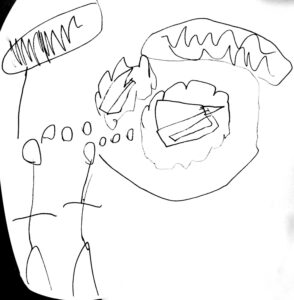

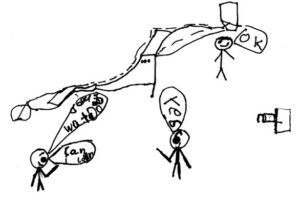

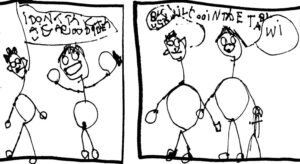

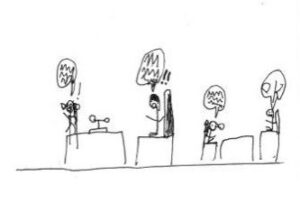

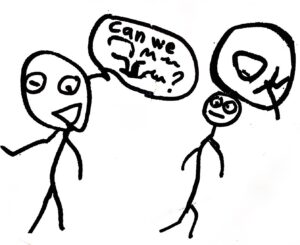
During reflection meetings, when our lens during project work has been on these strategies, children have been sharing:
“If we didn’t solve problems, then there would be problems everywhere. That’s why we have problem solving strategies. The one I use the most is a do-over.” -Maddie
“When I’m flexible then everything is good. I say, “Okay, we can play that.” Sometimes we play both of our games.” -Stella
“It’s important to ask a question AND to be flexible. If you do those strategies you won’t get stuck and waste all the time on the problem.” -Lucas
“I use do a do-over, too. If you practice, then the next time you know what you can do better, what you can do instead of what you did last time.” -Ronan
When we asked children, “Why do you think it’s important to practice solving problems?” They offered this awareness:
“If we didn’t have strategies it would be really hard to solve problems. Then if we ever get in a big problem, we can fix it easy-peasy.” -Enzo
“Everybody needs more problem-solving strategies. If we have more problems, we do more problem solving, we get more problem solving strategies, even from each other.” -Jack
“It’s important to practice solving problems because it helps all of us, if you have a problem with someone and if you try to work it out then you could have very good friendship.” -Stella
“If we don’t practice, our community will be sad and frustrated because when you don’t solve problems it gets harder and harder.” -Greta
“If we didn’t practice it would be a big mess of problems and no one would have anything to do besides fight, or you wouldn’t have friends, or you might hate each other… but we have problem solving strategies, so it’s good for everybody.” – Alister
I wonder…
Within your environments, what strategies do you regularly use in conflict resolution and intervention? What do you call them?
How do you engage children in the emotional work of figuring out the hard parts of friendship?
How might you frame children’s social misfires as attempts at belonging and relationship?
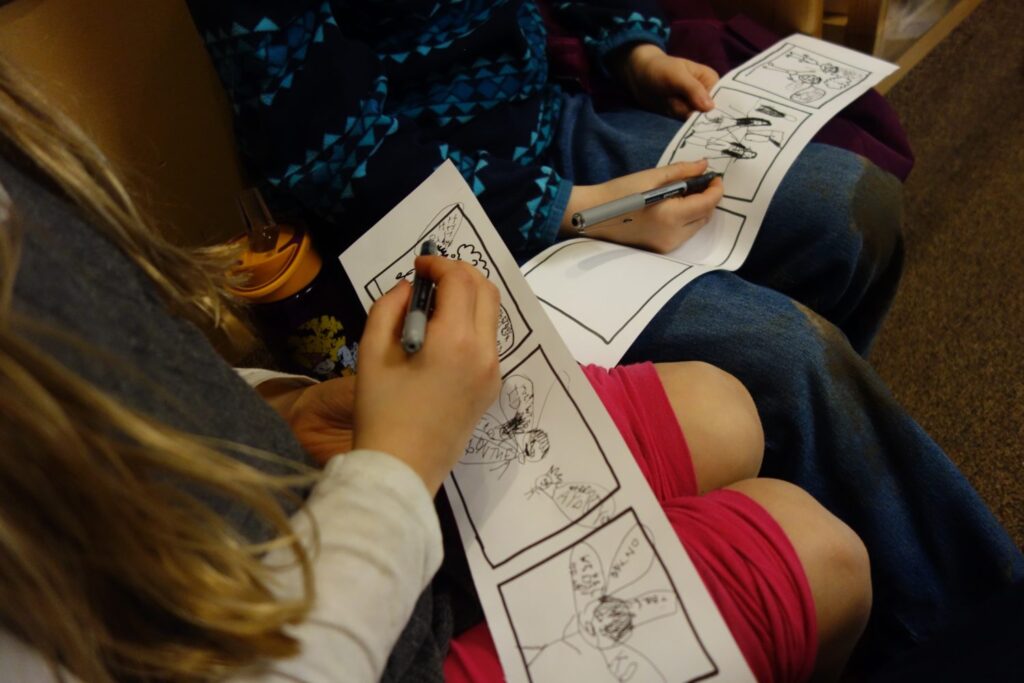

What age group is this classroom, the Maple room?
Hi, Anita –
We had two primary grades classrooms this year. Maple was composed of five- and six-year-olds (kindergartners and first graders) and Magnolia six- and seven-year olds (first and second graders). What else did this post make you curious about?
Matt